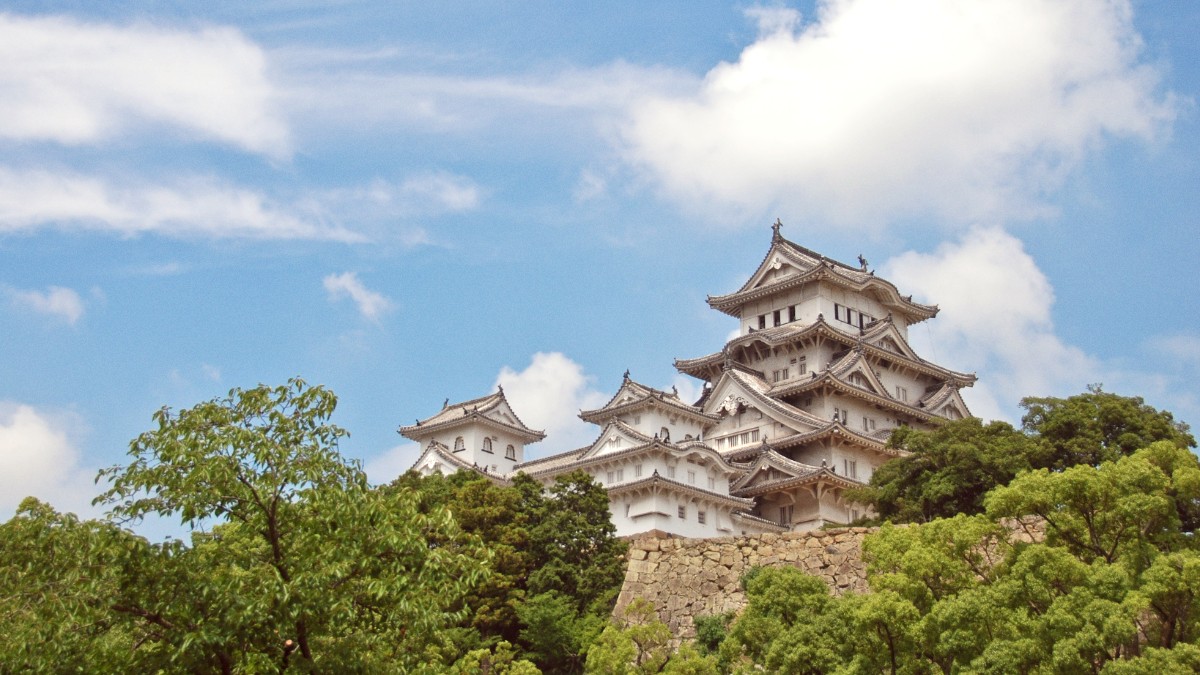
Western Honshu, Japan
Miyajima's cuisine draws strong influences from its coastal location and the bounty of the Seto Inland Sea. This makes seafood, especially oysters and conger eel (Anago), prominent dishes.
The island's status as a sacred site historically meant a focus on vegetarian or plant-based foods, though this is less strict today. Momiji Manju, a maple-leaf shaped cake, became a popular souvenir due to the island's famous maple trees in Momijidani Park.
Always use chopsticks properly. Do not stick them upright in rice. Avoid passing food between chopsticks or pointing with them.
Say "Itadakimasu" (I humbly receive) before eating and "Gochisousama deshita" (Thank you for the meal) after eating.
Tipping is not customary in Japan. Slurping hot noodles shows enjoyment. Meals are often individual portions, avoid excessively communal eating of main dishes. Remove shoes when entering traditional restaurants or tatami-mat dining areas.
Miyajima's most famous delicacy. Fresh, plump oysters celebrated for their rich flavor. Find them raw, grilled, fried, in hot pots, and as tempura.
Where to find: Numerous restaurants and street stalls along Omotesando Shotengai.
A local specialty unique to Miyajima. Grilled conger eel, a type of saltwater eel, served over steamed rice, often with a sweet soy-based sauce. Lighter and less fatty than Unagi.
Where to find: Specialized Anago Meshi restaurants near the ferry terminal and along Omotesando Shotengai.
The iconic souvenir and snack of Miyajima. Small, maple-leaf shaped cakes, typically filled with red bean paste (Anko). Modern variations include cream cheese, chocolate, custard, or green tea filling. Enjoy them fresh or deep-fried (Age-Momiji).
Where to find: Countless shops along Omotesando Shotengai, many offering fresh-baked samples.
Many high-end ryokan on Miyajima, like Iwaso and Kinsuikan, offer exquisite multi-course Kaiseki dinners, a form of fine dining emphasizing seasonal ingredients and artistic presentation. Reservations are often included with the room rate.
Numerous restaurants along Omotesando Shotengai specialize in Anago Meshi, grilled oysters, and other seafood dishes. These offer a comfortable dining experience at reasonable prices. For budget options, explore street food stalls or convenience stores near Miyajimaguchi.
Dining with specific dietary needs in Japan can require careful planning. Traditional Japanese cuisine often uses Dashi (fish broth) as a base, making truly vegetarian or vegan options challenging without careful inquiry. Fish flakes (Katsuobushi) and fish derivatives are common.
Halal options are very limited on Miyajima. Some restaurants in major cities like Hiroshima or Tokyo may offer Halal-certified options, but these are still rare. Supermarkets may carry some Halal products.
Gluten-free dining is challenging due to the widespread use of soy sauce (contains wheat), and wheat in noodles or tempura batter. Clear communication with staff is essential. Bringing your own gluten-free soy sauce is a good idea. Gluten-Free Soy Sauce
Miyajima has limited dedicated cooking classes. Some ryokan might offer informal experiences. Hiroshima city provides cooking classes (e.g., Hiroshima-style Okonomiyaki or general Japanese home cooking) and food tours. Explore options on GetYourGuide.
These offer insight into local culinary traditions.
Ryokan Kaiseki: The multi-course traditional dinner served at a ryokan is an unique dining experience, demonstrating local ingredients and culinary artistry. It's often included with your stay.
Oyster Huts (Kaki Goya): During oyster season (late autumn to spring), temporary "oyster huts" offer all-you-can-eat grilled oysters, providing a casual, local experience.
Limited on Miyajima itself. Hiroshima city offers a much wider selection of international options (Italian, French, Indian, Chinese).
While Omotesando Shotengai offers street food, dedicated food markets or large food halls are mainly found in Hiroshima city.
Not a main activity on Miyajima, which focuses mostly on shrines and temples. More common in rural Japan.
Seasonal festivals in Hiroshima may feature special foods. Miyajima's festivals are mainly religious or cultural.
Carry laminated allergy or dietary restriction cards written in Japanese. Many online resources offer printable versions.
This helps bridge language gaps effectively.
Utilize apps like Google Translate's camera function for reading ingredient labels or menus, and its conversation mode for basic communication.
A reliable internet connection benefits such use.
Staying at a ryokan often includes breakfast and dinner, which are traditional multi-course meals. These are typically set menus that highlight seasonal and local ingredients.
Don't hesitate to ask local vendors or restaurant staff for their recommendations. They take pride in their local cuisine and can guide you to the freshest or most authentic dishes.
Some shops on Omotesando Shotengai offer short, informal experiences where visitors can observe the making process or even try pressing their own Momiji Manju.
The Miyajima Traditional Crafts Center sometimes offers workshops for this local woodcraft, allowing visitors to create their own souvenir.
Bugaku (Court Dance and Music) performances occur on the stage of Itsukushima Shrine during special festivals or ceremonies. Shinto rituals are also observed daily at the shrine, and Buddhist ceremonies at Daisho-in Temple.
Formal community-based tourism initiatives are less prevalent as Miyajima is a highly developed tourist destination. Broader experiences can be found in more rural areas of Japan.
Engage with locals for authentic insights.
No formal language learning opportunities exist for tourists on Miyajima. Learning basic Japanese phrases like greetings and "thank you" is always appreciated by locals.
Simple phrases enrich interactions.
Many higher-end ryokan on Miyajima feature their own Onsen (hot spring baths), which are integral to the Japanese wellness tradition. These can be shared communal baths or private family baths.
Miyajima does not have naturally occurring hot springs that are open to the public as in famous onsen towns. Available onsen are typically within ryokan accommodations, sometimes using pumped spring water.
No standalone public spa or wellness centers or day spas exist on Miyajima. For extensive spa facilities, Hiroshima city may offer more options.
Miyajima functions mainly as a daytime destination. Evening activities are limited and quiet, allowing visitors to experience the island's serene beauty after most day-trippers have left.